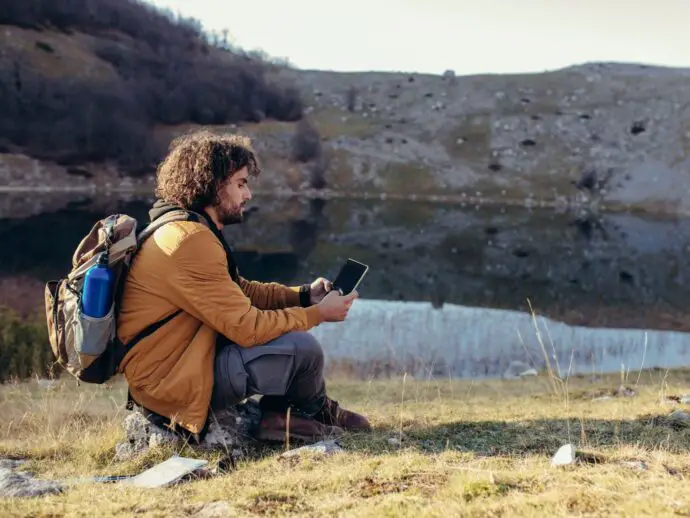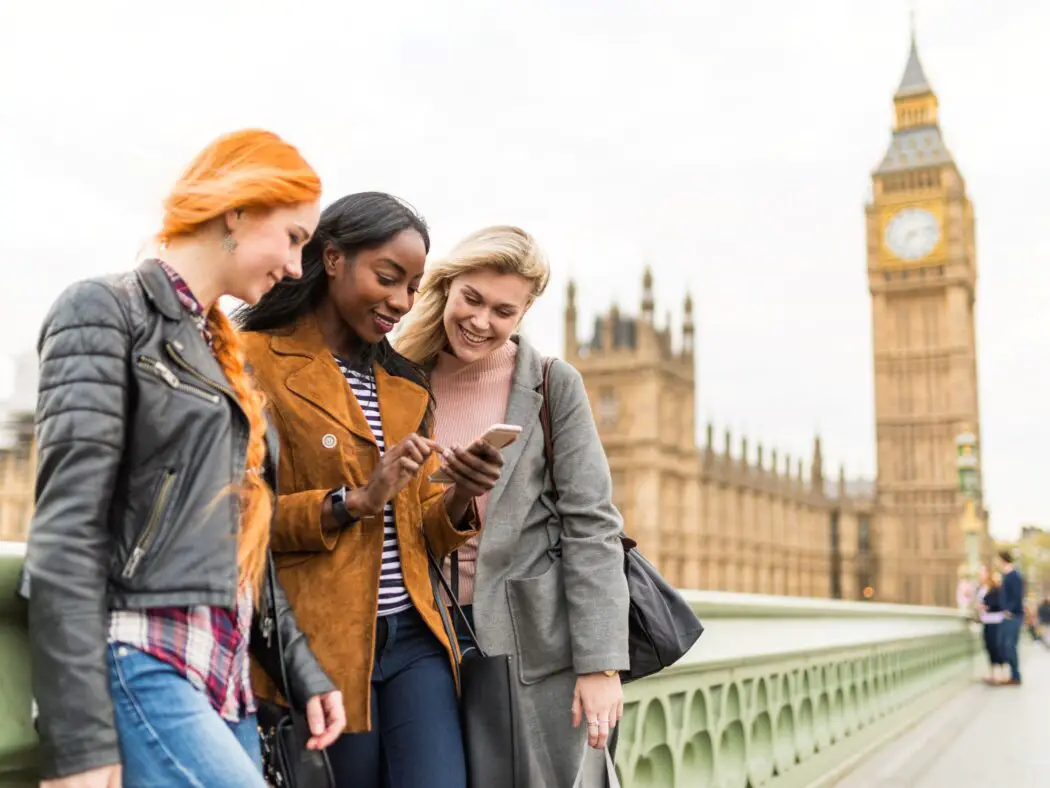You just landed in a new country. No paper maps, no printed bookings, no stress. Your plans, translations, and backup documents? Already synced, shared, and ready; right from your phone. Today’s traveller doesn’t just pack light; they pack smart.
From mobile apps that map out multi-city adventures to cloud tools that let you edit docs with your travel group on the fly, digital tools are the new carry-on essential.
Planning Across Devices, Time Zones, and Stays
Planning a multi-stop trip across regions with different time zones used to be a headache. Now, travellers are turning to digital planning apps that offer synchronised updates across all devices. Travellers can set reminders for check-in times and even spa appointments without ever flipping through a travel folder.
Group trips especially benefit, with friends who are headed to the Amalfi Coast or Bali no longer needing to rely on group texts that quickly get chaotic. Instead, shared digital calendars and map-based planning tools allow everyone to see when activities are booked, what’s still open for discussion, and how long travel legs take. For example, you can use cloud-based docs editors to edit docs for creating centralised itineraries everyone can access and annotate.
These tools allow travellers to create flexible blueprints, not rigid schedules. The result is freedom without disorganisation.
Collaboration with Hosts That Goes Beyond Messaging
Modern travellers, especially those who book vacation rentals and boutique stays, often look for more than just a clean room. They want hyper-local insights and personal recommendations. Many hosts now provide custom digital guides, interactive check-in walkthroughs, and downloadable documents with everything from Wi-Fi codes to cooking tips for the outdoor pizza oven.
Collaborative documents allow hosts and guests to leave notes for each other before and during a stay. A solo traveller might flag they’ll be arriving late and ask for instructions. A host might update their digital folder to include new restaurant openings or updated ferry times.
Travellers benefit most when hosts offer:
- Pre-trip welcome packets
- Neighborhood guides with clickable links and embedded maps
- Instructions for appliances or hot tubs as scannable QR codes
- Editable guest books where travellers can leave reviews for future guests
- Contact sheets with local emergency numbers and specialty service providers

Offline Access is a Non-Negotiable
Even in the most connected world, Wi-Fi is not a guarantee. Whether hiking between remote lodges in Patagonia or checking into a secluded island resort, offline access is a must. Smart travellers prep for this by ensuring their most important information is downloadable.
This includes transportation schedules, accommodation addresses, reservation QR codes, and backup credit card info in case of theft or fraud. Saving maps with offline navigation is also a common move for city wanderers and off-the-grid adventurers alike.
Experienced travellers download:
- Offline Google Maps for cities, neighborhoods, and entire regions
- PDF versions of plane, train, and ferry confirmations
- Translators or phrasebooks with offline language packs
- Scanned copies of passports and travel insurance documents
- Emergency cheat sheets including embassy locations and currency conversions
Shared Notes Are the New Travel Journals
The travel journal isn’t dead, it just looks different now. Couples, families, and friends use shared digital notebooks to jot down their thoughts, track food spots worth returning to, and flag changes in local regulations that may affect their next leg.
Common shared note categories include:
- Packing adjustments based on climate or dress codes
- Food diary entries with ratings and allergy warnings
- Transportation observations like ticket quirks or traffic patterns
- Host feedback for private stays
- Cultural tips such as tipping expectations or dress etiquette
Luxury Travellers Still Want Convenience
Not all tech adoption is driven by backpackers or long-term travellers. Those frequenting luxury accommodations increasingly expect seamless coordination powered by digital tools. From customized welcome messages to pre-loaded destination playlists on smart TVs, the high-end hospitality experience has moved into a new era of service.
Luxury travellers often rely on concierge apps that:
- Schedule spa treatments or chef services ahead of arrival
- Curate in-room experiences like wine tastings or private yoga
- Link to local guides for personalized excursions
- Provide secure channels for billing, upgrades, and last-minute adjustments
- Allow one-tap transportation from car service to yacht rental

Real-Time Language and Currency Tools Smooth Out Gaps
Even experienced travellers can run into awkward moments when language or currency barriers pop up. Smart translation tools and currency converters now bridge these gaps before they derail a moment or create friction with a vendor or local guide.
Instead of flipping through a paper phrasebook or making math guesses at a currency exchange stall, travellers use:
- Real-time translation apps with camera and audio input
- Currency conversion tools that update rates based on location
- Voice-to-text apps that speed up interactions
- Travel-focused keyboards with built-in local slang
- QR code scanning apps that translate menus and instructions instantly#
Sustainable accessories have become essential for eco-conscious travellers who want to stay connected without constantly holding their devices. An adjustable, easily accessible iPad Mini 4 stand offers the perfect solution for video calling home or listening to language lessons hands-free.
The Smart Travel Kit Is Digital, Not Just Physical
From the outside, a well-prepared traveller may not look different from anyone else in line at the airport. But once you dive into their phone, tablet, or smartwatch, the difference is clear. They’ve built a portable infrastructure that works in cafés and five-star lounges alike.
As travellers invest more time and money into memorable experiences, the tools they carry will continue evolving.





